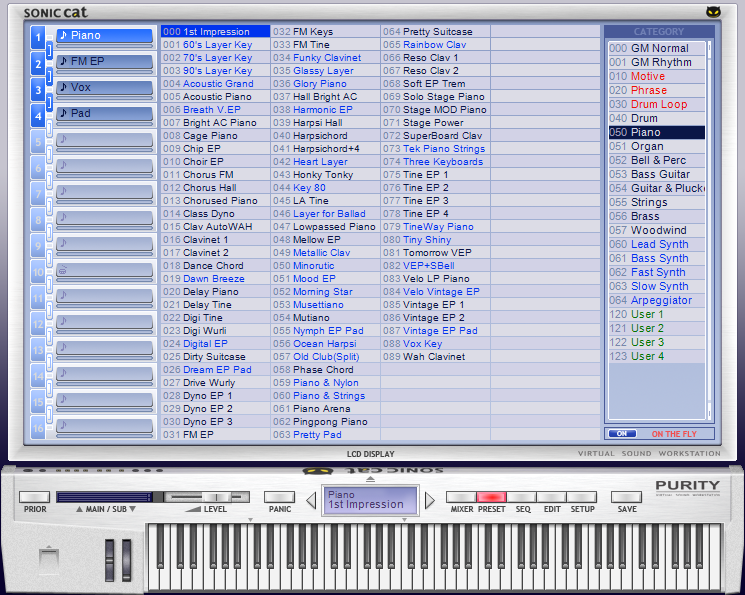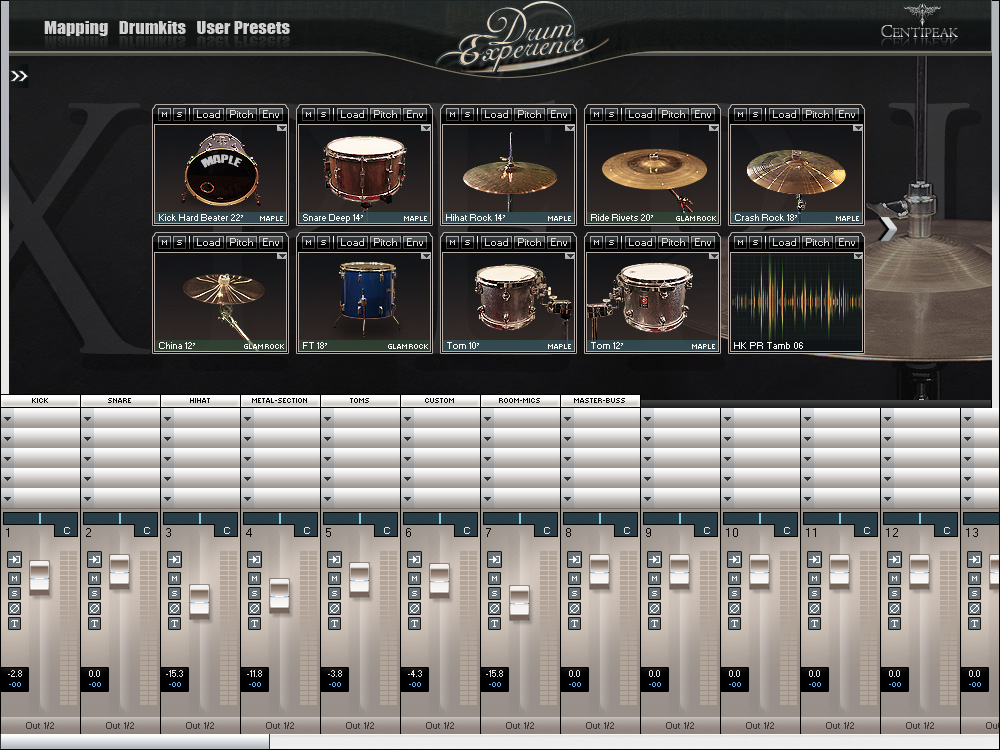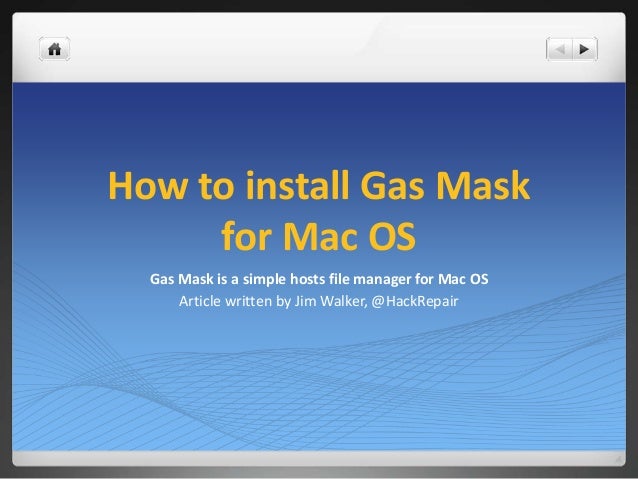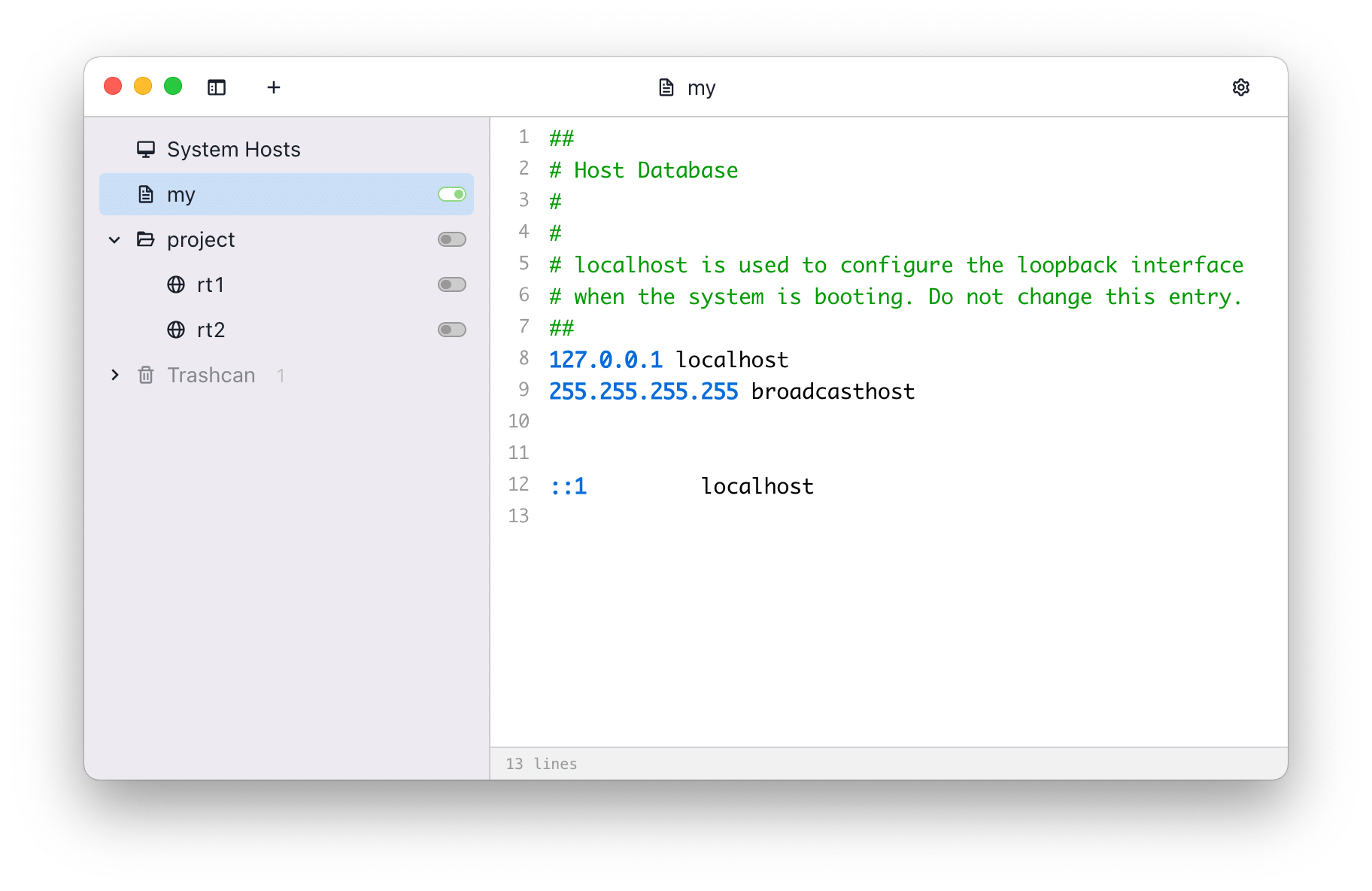- The hosts file can be edited to block certain hostnames (like ad-serving/malicious hosts), or used for web development purposes, i.e. To redirect domains to local addresses. Editing the hosts file Editing the hosts file in Mac OS X Leopard, is a pretty easy task, especially if you are familiar with the terminal. Step 1 Open the Terminal.app.
- Mac OS X Lion users can access the host file by navigating to /etc/hosts. You can manually edit the host file by opening the file in TextEdit. If the file is locked, you can always use Terminal to edit hosts file. This is how the default host file on Mac OS X 10.7 Lion looks like.
Angry IP Scanner. Despite being deceptively simple Angry IP Scanner does exactly what one would. Hosts is a system preference pane to manage your hosts file. Hosts add a preference pane to your system preferences which lets you toggle your host file entries on and off, as well as add and remove them. Hosts.prefpane likes to keep your hosts file clean. Search results showing free plugin host VST Plugins, VST3 Plugins, Audio Units Plugins (AU), AAX Plugins and Rack Extension Plugins for Windows and MacOS. The results are sorted by most popular with KVR members (Data from MyKVR 'Favorites' Group).
This article guides you through the hosts file, its uses, and how to edit hosts file either manually or with the help of free apps on your Mac computer.
What is a Hosts File?
Hosts file is a plain-text file residing on your Mac system. Consider hosts file as an address book which is under the control of admin and can be used to map host names to IP addresses.
Internet Explorer loads Visio Viewer, which then renders the drawing in the browser window. Ms visio 2016 for mac.
For example, if you want to redirect Google.com to Yahoo.com on your local machine, use hosts file. If you want to block a website or exclude advertisement on the Internet, use hosts file.
And if you want to exclude a particular Internet application from executing on your browser, use hosts file. You get the point — you can configure hosts file to redirect, resolve IP, block and exclude content.
Benefits of Hosts File
Configuring your Mac’s hosts file can be helpful in many ways such as:
- You can block the IP calls on any port without having to buy blocking software for your Mac.
- Hosts file can resolve IP addresses which can cut the time required to find a website.
- If a website is found suspicious, you can exclude it from the hosts file.
- As a parent, you can use hosts file to block Facebook, iTunes, or anything that you think is inappropriate for your kid.
- You can use hosts file to disable ads on the Internet.
Hosts File Location On Mac OS X Lion
Mac OS X Lion users can access the host file by navigating to /etc/hosts. You can manually edit the host file by opening the file in TextEdit. If the file is locked, you can always use Terminal to edit hosts file.
This is how the default host file on Mac OS X 10.7 Lion looks like:
You can add entries to the host file. For example, if you want to block Facebook, Twitter and Apple server from your local machine, then you’ve to add these lines to the original hosts file:
So, whenever any one of these website is accessed from your Mac’s browser, the host file is checked and appropriate action is taken — all the three sites are blocked, in this case.
Related:Several ways to block websites on Mac.
Hosts Location Mac Osx
Edit Hosts File on Mac Computer
Like Windows users, Mac users can block sites and do a lot more by editing hosts file either manually or with the help of free apps.
Whether you are using MacBook Pro, MacBook Air, or an iMac, editing hosts file follows the same procedure. And if you are in a rush, or you are not familiar with Terminal and commands, then it’s always recommended to use apps to edit the hosts file.
For those who want to manually edit hosts file through Terminal, fire up Terminal and type sudo nano /etc/hosts and the rest of the process should be fairly easy to follow.
Learn more on how to edit hosts file manually.

Gas Mask is a nifty little tool that hands you the control over the hosts file of your Mac. Gas Mask flaunts a Mac-friendly interface where you can easily edit hosts file.
You can also add remote hosts file which will be updated automatically as you edit and update the hosts file. With Gas Mask, you no longer have to worry about typing wrong commands in the Terminal. You can create and switch between multiple hosts file and use shortcuts for editing hosts file.
Global Nav Open Menu Global Nav Close Menu; Apple; Shopping Bag +. Armenian Phonetic (KDWin) - Exactly the same layout as in KDWin. Armenian Phonetic With English - Option key changes the keys to English in place of special characters. Armenian Phonetic (KDWin) With English - KDWin phonetic layout with Option key feature. Download ArmenianPhonetic.dmg file from the releases section. Kdwin download free for windows 10. It was originally introduced to Mac users in Mac OS 9. Microsoft is now offering free download of the final version of Windows 7 Enterprise Edition.This free download is. Virus-free and 100% clean download. Get KDWin alternative downloads. KDWin 2014 Windows XP, Vista, 7, 8 Download. Armenian Unicode Keyboard. Free Download Manager FDM. Kdwin download free for windows 10,. It was originally introduced to Mac users in Mac OS 9. Armenian Kdwin Mac, free armenian kdwin mac software downloads. Kdwin Keyboard Driver – a free program to change the language and keyboard layout. Download free music, movies, software for windows and mac os on myfreedownloadz.
Download Gas Mask (Works on Mac OS X 10.7 Lion and Snow Leopard).
Another solution to modify hosts file is to download Hosts Widget, which is a dashboard widget. The widget lets you create entries, disable older entries, and automatically flushes DNS cache right from your Mac’s Dashboard.

Another Mac-friendly hosts file editor is Host Manager. Once you have the admin password locked in, adding and removing entries is a piece of cake with this app.
Related posts:

Active computer users are probably already familiar with the Hosts file that contains network information. Through this file you can block access from your computer to a particular website, or make other changes to the access of your computer to a certain IP address. Despite the fact that Mac Os is a system that is pretty much closed from user interference, it has a file named Hosts that can be edited. At the same time, editing here is not at all more difficult than on Windows, and within the framework of this article we will tell you how to do this.
How to open and edit hosts via “terminal”

Mac Os X Host File
The easiest way to access Host file editing is to use a command line, which in Mac OS is called “Terminal”. You can run “Terminal” utility through the Finder, it is located in the list of standard programs of the operating system, or you can just use a search and type its name.
“Terminal” is running and now you need tostart editing the Host file. To do so you will need to enter and execute the following command:
After activating this command, you will also need to enter the administrator’s password for the computer, because intervention in Hosts file is quite serious, and if this file is edited incorrectly, you may experience problems accessing certain websites on the Internet.
After entering the right password, you will be able to see the Host file contents that can be edited by a user. When editing the file through “Terminal” your mouse will not work, so you will have to move between the lines of this file only with the help of your keyboard. Enter the changes you would like to make in the Hosts file. To save all changes in this file, you will need to press Ctrl + X on your keyboard. Next you are going to see a message asking you to confirm whether you want to change Hosts or no, confirm the action with “Y” button.
How to open and edit hosts via finder
The second way to access Hosts and edit the file involves using the standard Finder. This way, you can open the Hosts file and edit it in any text editor, so this option may be preferable in a number of cases.
Os X Hosts
To open Hosts through the Finder you need to right-click on the lower menu on the Finder and select “Go to Folder”.

Then there will open a window and in this window you need to enter a path to the folder you want to go to. Enter the following address:
And click “Go.”
Hosts File For Mac Os
There will open a system folder in which the Hosts file is located. To start editing it, you need to right-click on it and select the editor that you would prefer to work with (you can use the standard TextEdit).
In the window that opens, you can edit the Hosts file just like any other file in a text editor. But the Hosts system file is protected from editing. After you try to make changes to it, you will see a message with suggestion to create a duplicated file. Click “Duplicate”. After that the second file will form on the basis of the first one.
Next, you will need to make all necessary changes to the new created file and save it in a convenient place, for example, on the desktop. When saving, select the .txt resolution (same resolution that the original Hosts file has). Now your new file is saved and you will need to just replace the old file in the system folder. To do this, drag the new file to the folder where the old Hosts is located and click “Replace” when the corresponding message appears. As a result of these actions, the old Hosts file will be deleted, and the new one will be used by the system instead.
Hosts.txt Mac Os
How to apply hosts file changes
Some changes that are made in the Hosts file are not perceived by the system at once and, accordingly, do not work. For the changes to take effect, you need to update the DNS cache. This can be done using the terminal with the command:
After executing this command, the Hosts file will be read by the system again, and all the changes that were made to it will be reflected on the computer’s operation.
